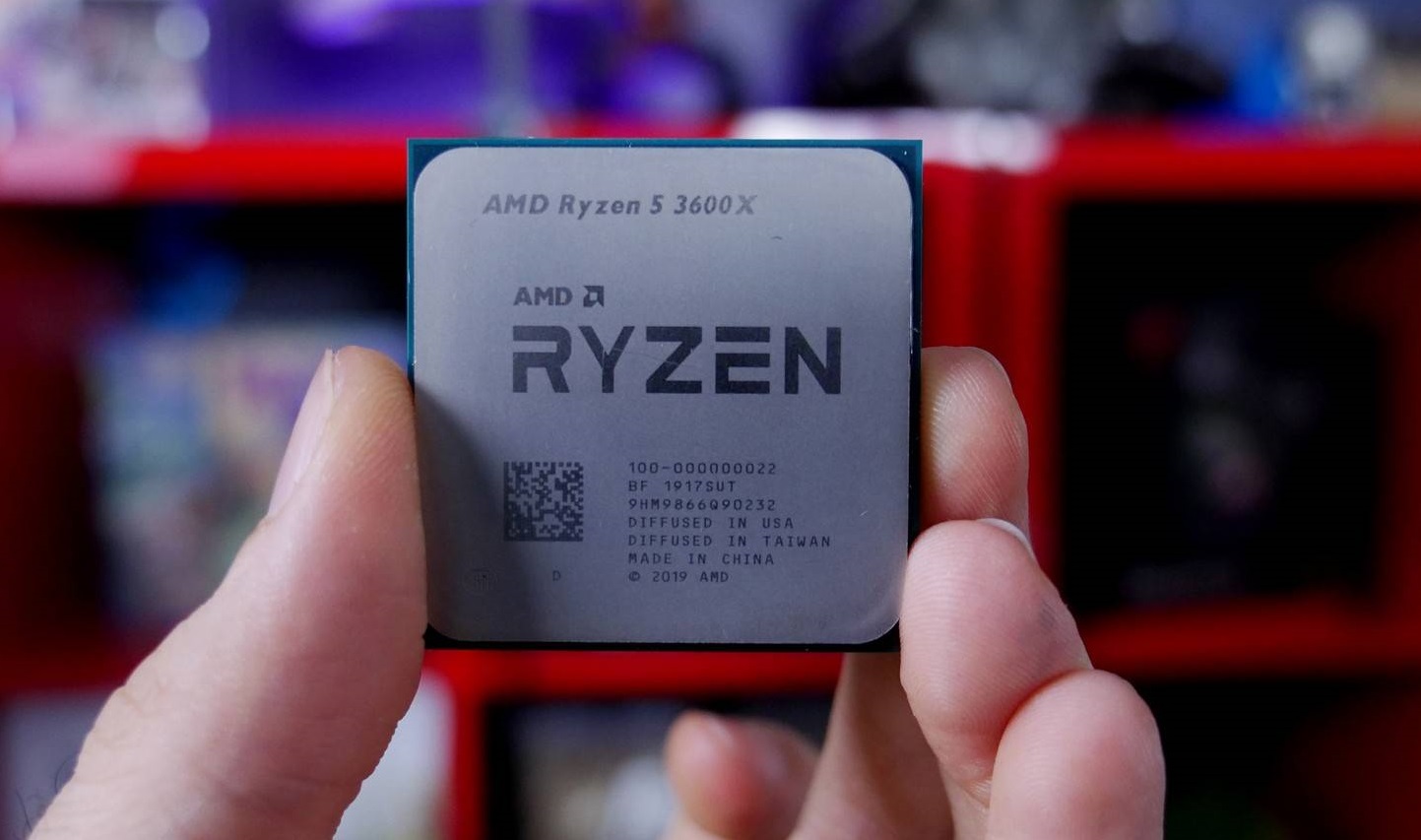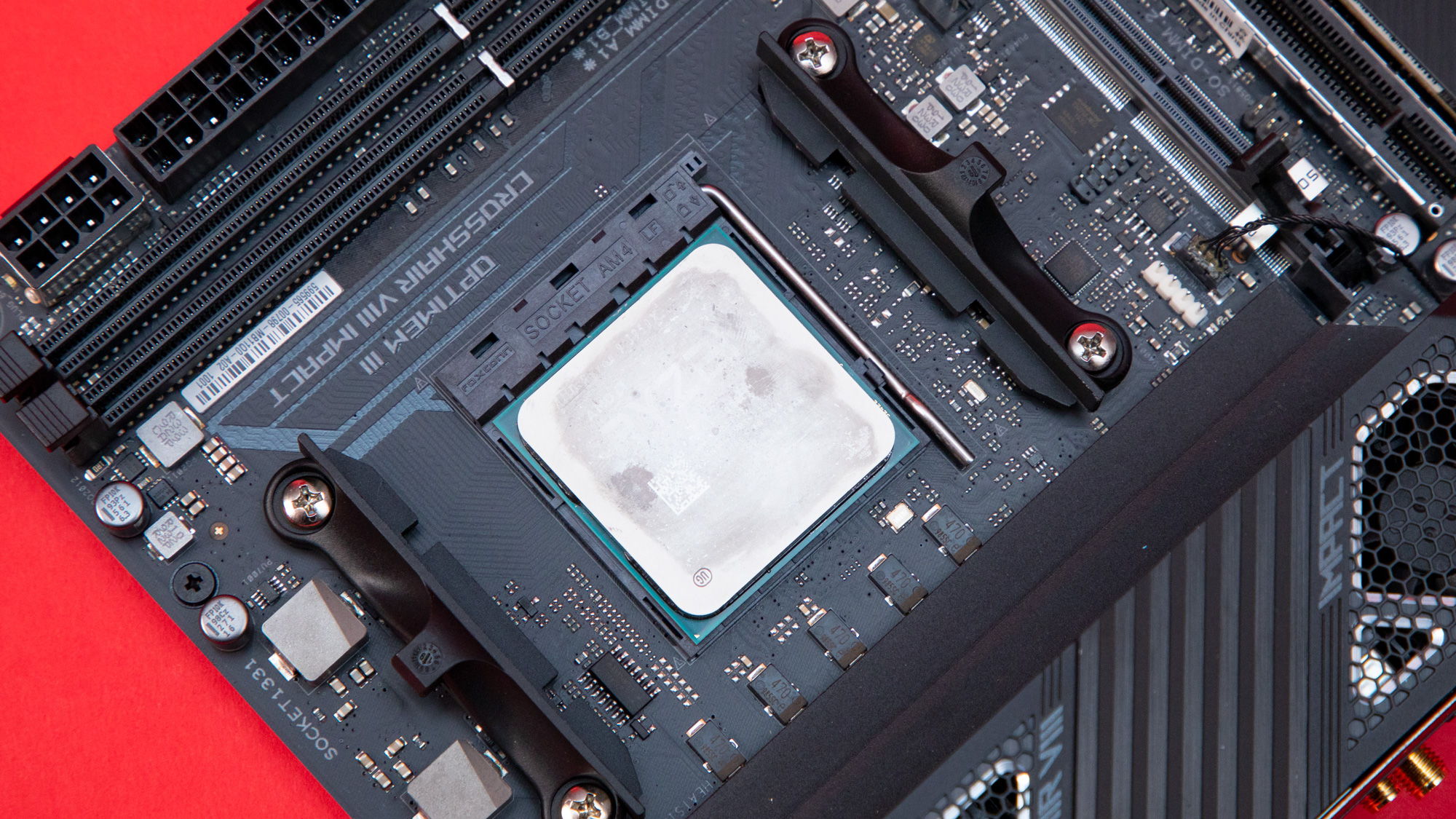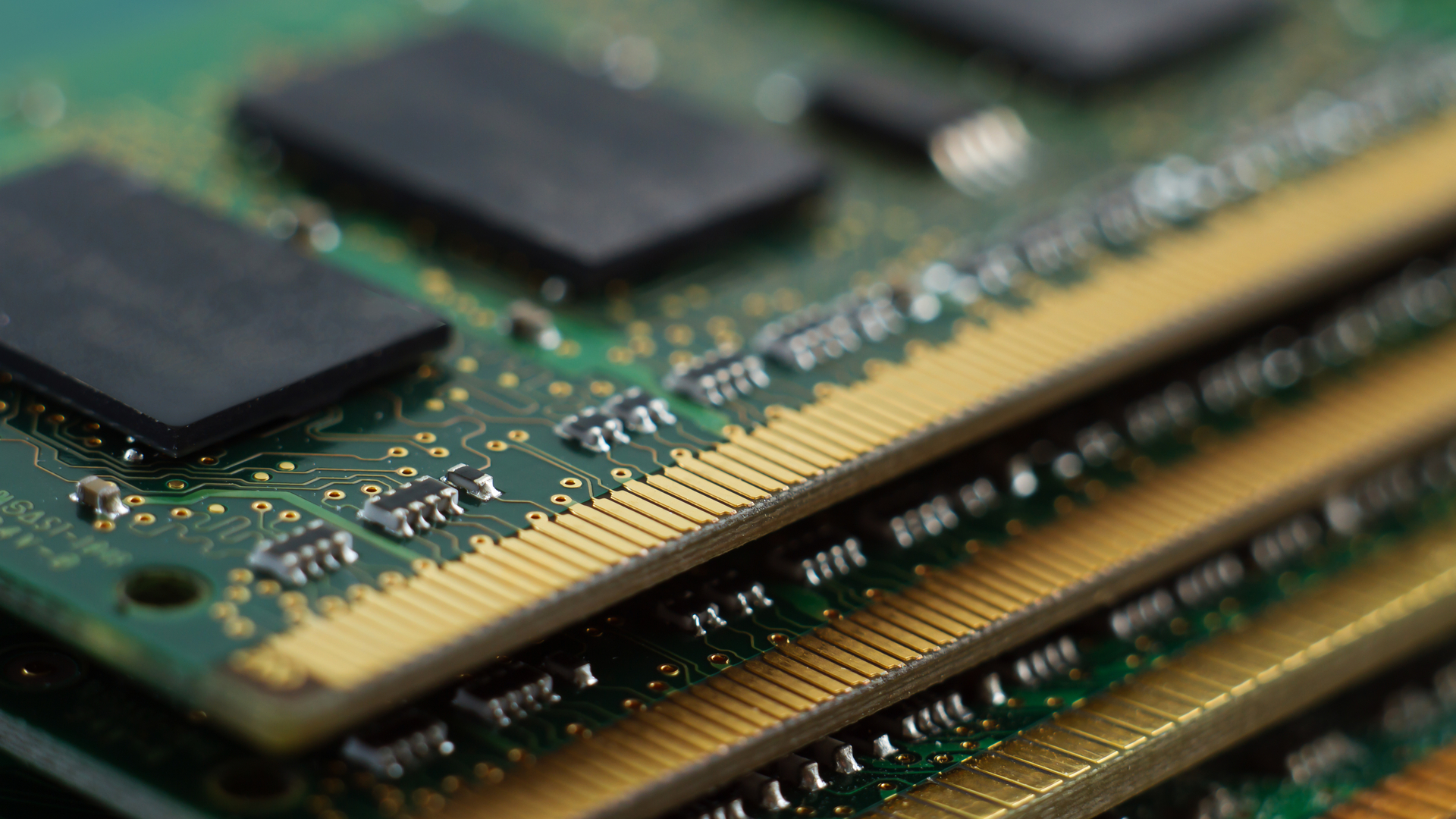Expected in mid- to late-2020, news, rumors and leaks surrounding the AMD Zen 3 architecture have been stacking up. For example, AMD has already confirmed that AMD Zen 3-based processors in the Ryzen 4000 lineup will officially support X570 and B550 motherboards. So, even though Zen 2 is still going strong, it’s time to start looking at what AMD has in store with its successor.
AMD simply crushed it in 2019. By moving to its 7nm Zen 2 architecture for its processors, Team Read has gotten a big boost in performance, earning it major market share. Naturally, people have high expectations from its improved 7nm+ CPU architecture – specifically, a potential 20% increase in transistor density and higher clock speeds while a 10% dip in power consumption.
Of course, there isn’t a lot of information out there just yet, but we should get more details as we inch closer to the release date. Though when that will be is still up in the air. AMD announced its Zen 2 architecture at CES 2019 last January, and then unveiled the Ryzen 3000 processors, which are built on the Zen 2 design, at Computex 2019 the following May. If AMD is going to follow a similar timeline for Zen 3 this year, then we’ve got to get ready right away.
Here’s everything we know about the AMD Zen 3 architecture so far. Keep this page bookmarked as we’ll update it as soon as new information reaches our desks.
Cut to the chase
- What is it? AMD’s improved 7nm+ CPU architecture
- When is it out? Likely in mid- or late-2020
- How much is it? Prices will likely stay in line with Zen 2, starting at $99 (£94, AU$144)

AMD Zen 3 release date
We’ve seen a recent leak suggesting Dr. Lisa Su, AMD’s CEO, could talk about Ryzen 4000 processors at CES 2020 in a move that would keep the pressure on Intel. It seems a bit early for AMD to go deep into details on next-generation Ryzen processors, but any details Su may provide on Zen 3 will tell us plenty about the Ryzen 4000 processors to come.
Given we’re expecting a 2020 release for Zen 3, it would only be fitting that AMD more or less repeat the same debut as it did for Zen 2 in 2019. So, at the very least, we’re expecting more details on Zen 3 and what it brings to the table at CES in the coming days.
We’ve heard rumors suggesting Zen 4 would arrive in 2021, which would all but demand that Zen 3 come out in 2020, helping dispel any doubts about that timeline. But that rumor conflicts with other details suggesting Zen 4 would arrive in 2022. A 2020 launch for Zen 3 still seems likely, but AMD could aim to bridge the gap between Zen 2 and Zen 4 by releasing Zen 3 toward the end of 2020.
If we mapped out a launch trajectory based on previous Ryzen launches, it would make sense for Zen 3-based processors to come later into 2020. The first batch of Ryzen processors came out in March 2017, with Ryzen 2000 following in April 2018 and Ryzen 3000 in July 2019. That gives each generation a little over a year on the market before, and points to a Zen 3 launch with Ryzen 4000 processors toward August 2020.

AMD Zen 3 price
We don’t have any reason to expect that processors built on the Zen 3 architecture will be priced any differently than their Zen 2 counterparts. Given that expectation, it is useful to consider the prices of AMD’s Zen 2 processors. These were the prices of AMD’s first run of Zen 2-based Ryzen processors:
- AMD Ryzen 9 3950X: $749 (about £590, AU$1,080)
- AMD Ryzen 9 3900X: $499 (about £390, AU$720)
- AMD Ryzen 7 3800X: $399 (about £310, AU$580)
- AMD Ryzen 7 3700X: $329 (about £260, AU$480)
- AMD Ryzen 5 3600X: $249 (about £200, AU$360)
- AMD Ryzen 5 3600: $199 (about £160, AU$290)
- AMD Ryzen 5 3400G: $149 (£139, AU$240)
- AMD Ryzen 3 3300G: $99 (£94, AU$144)
If the process used to manufacture Zen 3 processors proves to have higher yield or better efficiency, it’s possible AMD could even lower its prices. That would keep the competition with Intel fierce, but AMD already has a strong price advantage against Intel and may not need to go lower.

AMD Zen 3 specs
We learned in mid-2019 that AMD had already finished the Zen 3 design, which is expected to be based on a 7nm+ process, offering some slight improvements on the existing 7nm process found in Zen 2 hardware. This new design is expected to be the product of a shift to 7nm EUV (extreme ultraviolet) lithography. That should allow for a potential 20% increase in transistor density while lowering power consumption by 10%.
The improved 7nm+ process would also offer new chips higher clock speeds while maintaining lower power consumption. The new process may also come with an 8% to 10% increase in IPC (instructions-per-clock). Topping that off, rumors have suggested that AMD will introduce a new level of simultaneous multithreading in Zen 3 chips that would allow a single core to handle four threads (e.g., a 4-core/16-thread CPU or a 16-core/64-thread CPU).
Even more cache is another potential upgrade we could see in Zen 3-based processors. AMD packed Ryzen 3000 processors with cache, and that abundance of extra fast memory may have played a part in the excellent gaming performance across the board for Ryzen 3000 processors.
While we may be looking at upgrades to DDR5 RAM and PCIe 5.0 support further down the line with Zen 4, we have no indications that Zen 3 will move away from DDR4 and the only recently introduced PCIe 4.0 standard.
Altogether, we should be looking at Zen 3-based processors with boosted clock speeds paired with increased IPC for a decent performance boost (especially in multithreaded workloads) over their Zen 2 counterparts all while staying within or below the power budgets of their predecessors. The potential to keep high performance while lowering the power budget could be especially promising for mobile applications.


